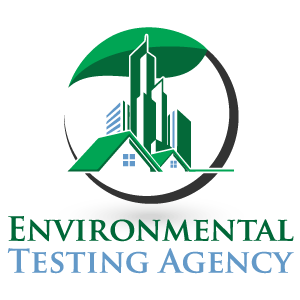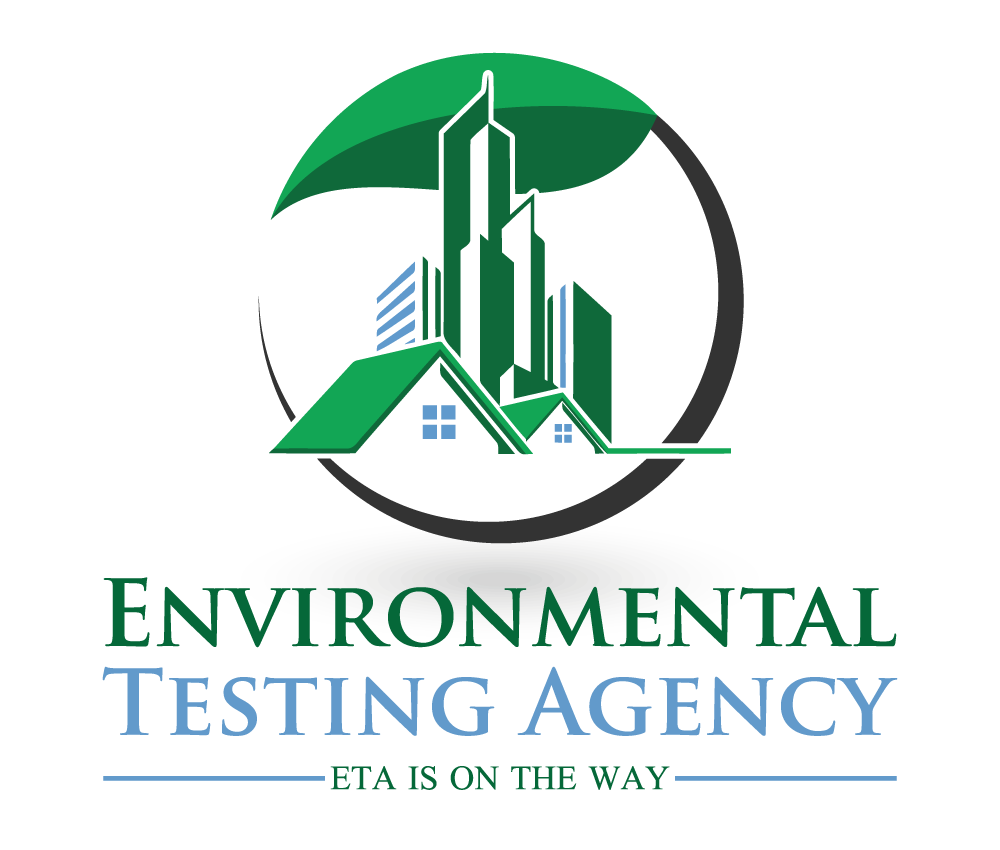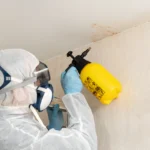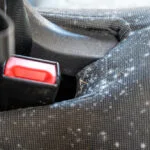Mold in a Rental Home: Who Is Responsible, Landlords or Tenants?
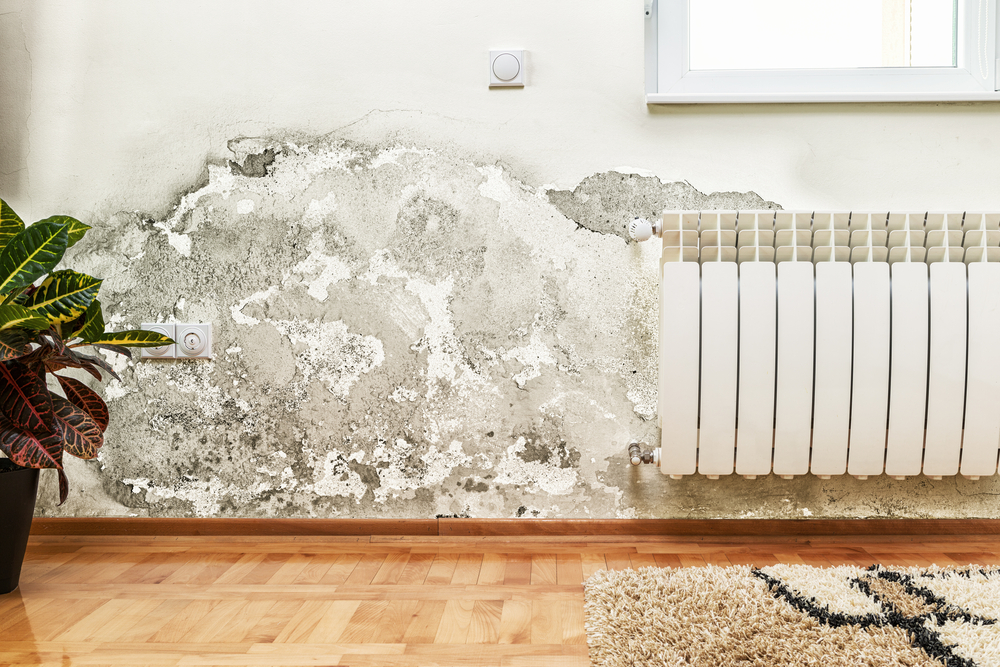
Mold in a rental home is a common issue both tenants and landlords face, especially in damp or humid climates. The presence of mold can cause health problems and significantly impact the inhabitants’ quality of life. However, the question of who is responsible for addressing mold in a rental home can be a contention between the two parties.
This blog will discuss the roles and responsibilities of landlords and tenants when dealing with mold in a rental property and guide what tenants can do if they encounter this issue. Keep reading!
The Dangers of Mold in a Rental Home
Before diving into the responsibilities of landlords and tenants, it’s crucial to understand why mold in a rental home is a serious issue. Mold is a fungus that grows in damp or humid conditions, and its spores can spread through the air. Mold exposure can cause various health problems, especially for individuals with allergies, asthma, or weakened immune systems.
Some common symptoms associated with mold exposure include:
- Nasal congestion.
- Coughing and sneezing.
- Eye irritation.
- Skin rashes.
- Difficulty breathing.
- Worsening asthma symptoms.
In addition to health concerns, mold in a rental home is particularly concerning because it can compromise the property’s structural integrity, leading to costly repairs and, in some cases, uninhabitable.
Who is Responsible for Addressing Mold in a Rental Home?
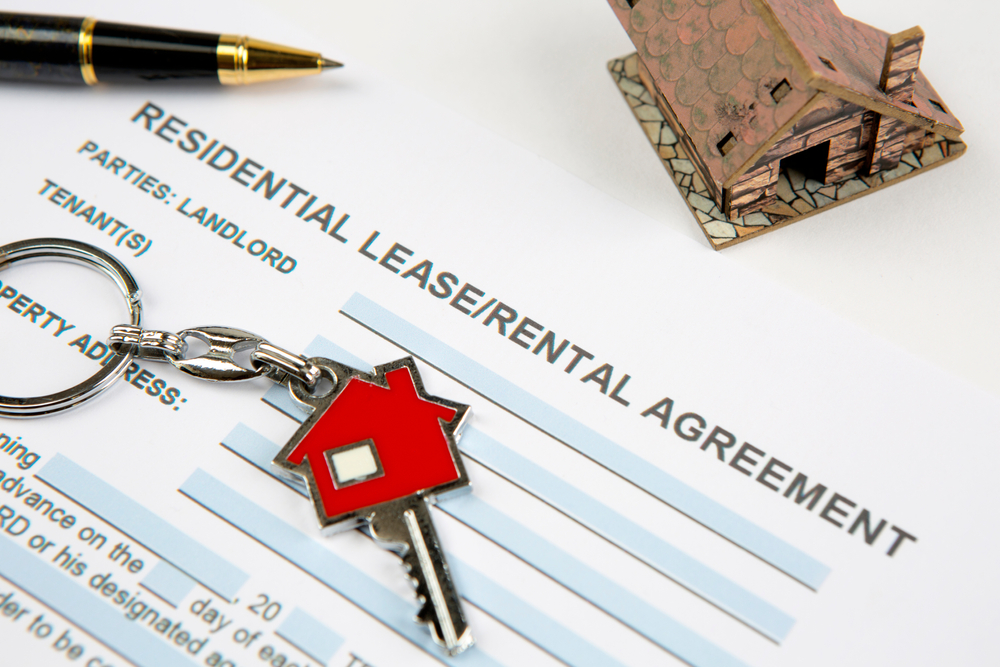
Determining who is responsible for mold in a rental home can be complex. The responsibility for addressing mold in a rental home typically falls on the landlord and the tenant, with specific duties varying depending on the situation and local regulations.
Generally, landlords are responsible for providing a habitable living space free from hazards. This includes ensuring proper maintenance and addressing any water damage or leaks that could contribute to mold growth.
On the other hand, tenants are responsible for maintaining a clean and dry living environment, which involves promptly reporting any signs of mold or water damage to the landlord. Tenants are also responsible for addressing mold growth resulting from their negligence, such as failing to ventilate the property adequately or causing water damage.
Landlord Responsibilities for Mold in a Rental Home
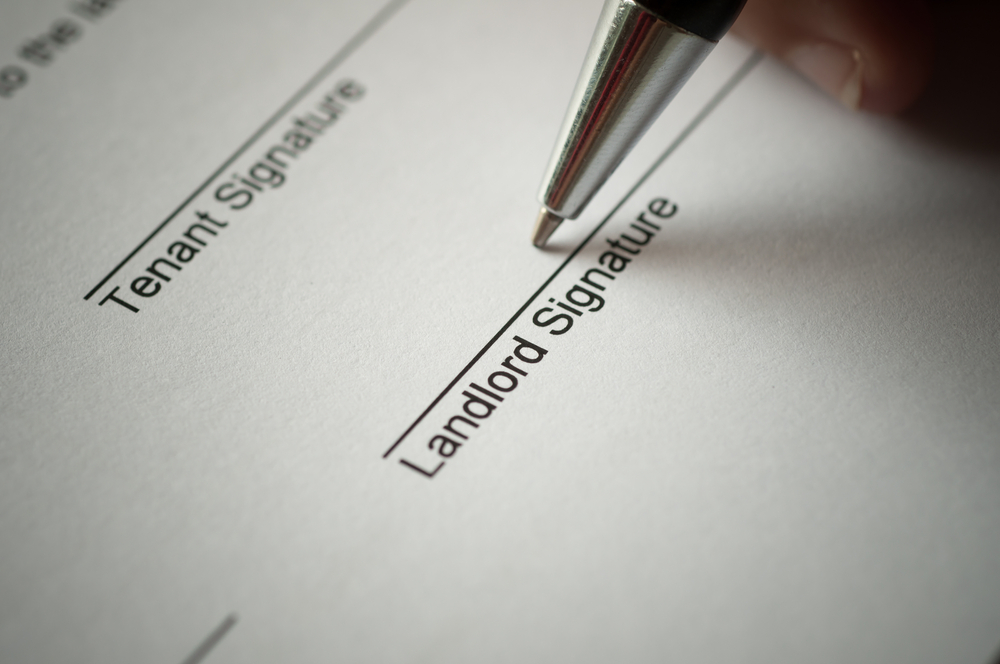
Landlords are legally obligated to provide their tenants with a safe and habitable living space. This includes ensuring the property is free from known health hazards, including mold. As a general rule, landlords are responsible for addressing the root causes of mold in a rental home, such as:
- Leaky roofs, windows, or pipes.
- Poor ventilation.
- Insufficient insulation.
- Flooding.
Suppose a tenant reports mold in their rental home. In that case, the landlord must take prompt action to identify the source of the mold, remove any visible mold, and take steps to prevent its recurrence.
Landlords may need to hire a professional mold testing or remediation company to remove the mold, especially if the mold is widespread or has caused significant damage to the rental property.
Tenant Responsibilities for Mold in a Rental Home
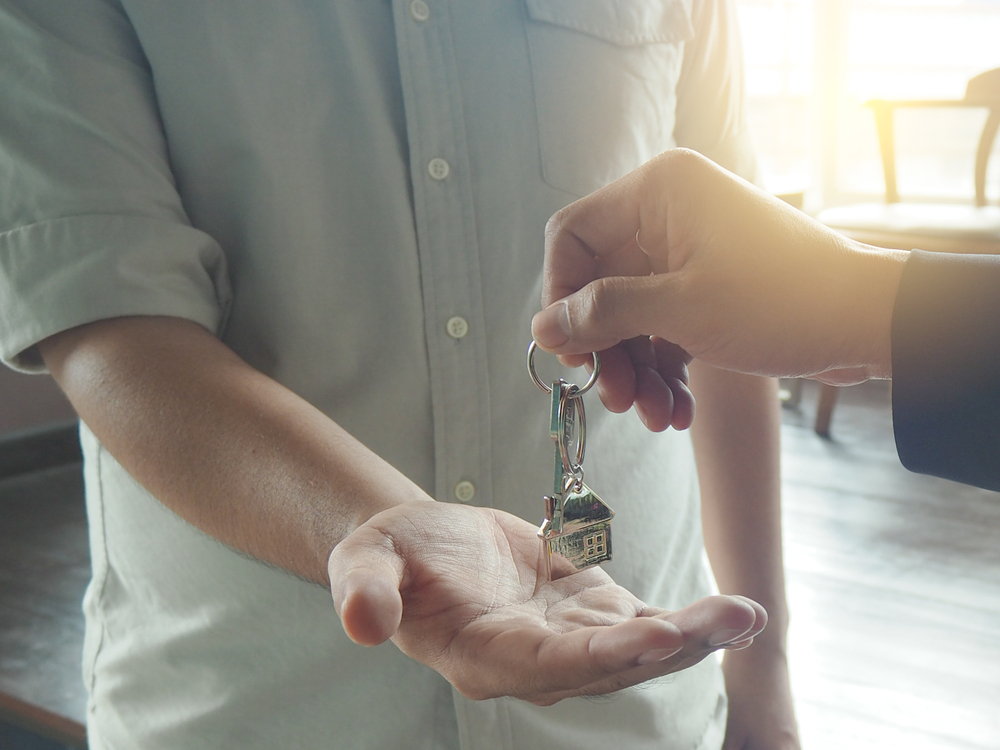
Tenants also have a role in preventing and addressing mold in a rental home. They must maintain a clean and sanitary living environment and promptly report any issues that could lead to mold growth to their landlord. Some everyday tenant responsibilities regarding mold include:
- Regularly cleaning and drying damp areas, such as bathrooms and kitchens.
- Properly ventilating rooms to reduce humidity.
- Notifying the landlord of water leaks, broken windows, or other maintenance issues.
- Using exhaust fans in kitchens and bathrooms.
- Properly disposing of garbage and not allowing it to accumulate indoors.
Tenants who fail to maintain their rental property and allow mold to grow due to their negligence may be held responsible for the cost of mold remediation and any related damages.
What Can Tenants Do if Mold Grows in Their Rental House?
If mold grows in a rental house, tenants should take prompt action to report the issue to their landlords and take steps to protect their health. Here are some steps that tenants can take if they discover mold in their rental homes:
- Document the mold: Take photos of the affected areas and note when you discovered the mold and any potential causes, such as water leaks or high humidity.
- Notify your landlord: Inform your landlord of the issue in writing, providing them with the photos and details you’ve gathered. Request that they address the problem as soon as possible.
- Cooperate with your landlord: Work with your landlord to find a solution to the mold issue. This may involve allowing them access to your rental home to inspect and repair any underlying problems or discussing ways to improve ventilation and humidity control.
- Keep records: Maintain a record of all communication with your landlord regarding the mold issue, including emails, texts, and written correspondence. This documentation may be helpful if you need to take legal action in the future.
- Be proactive: While waiting for your landlord to address the problem, take steps to minimize the impact of mold on your health and the rental property. This may include cleaning visible mold with a mold-killing solution, improving ventilation in affected areas, and using dehumidifiers to reduce humidity levels. If you experience any health problems, such as respiratory issues or allergic reactions, seek medical attention promptly.
- Know Your Rights: Research local and state regulations regarding landlord and tenant responsibilities for mold in a rental home. This information can help determine the appropriate course of action if the landlord is unresponsive or uncooperative.
- Follow-Up With the Landlord: After notifying the landlord in writing and providing evidence of the mold, tenants should follow up with their landlords to ensure they take the necessary steps to address the issue. Tenants should request a timeline for when the mold will be removed and any repairs will be made.
What Can Landlords Do to Prevent Mold in a Rental Home?
Landlords can take several steps to minimize the risk of mold growth in a rental home:
- Regular Inspections: Conduct routine property inspections to identify potential issues, such as water damage or leaks, that could contribute to mold growth.
- Prompt Repairs: Address any water damage or leaks promptly, ensuring that affected areas are properly dried and repaired.
- Proper Ventilation: Ensure the property is adequately ventilated, particularly in high-moisture areas like bathrooms and kitchens. Installing exhaust fans and maintaining adequate airflow can reduce humidity and prevent mold growth.
- Educate Tenants: Inform tenants of their responsibilities for preventing mold.
Legal Options for Tenants Dealing with Mold in a Rental Home
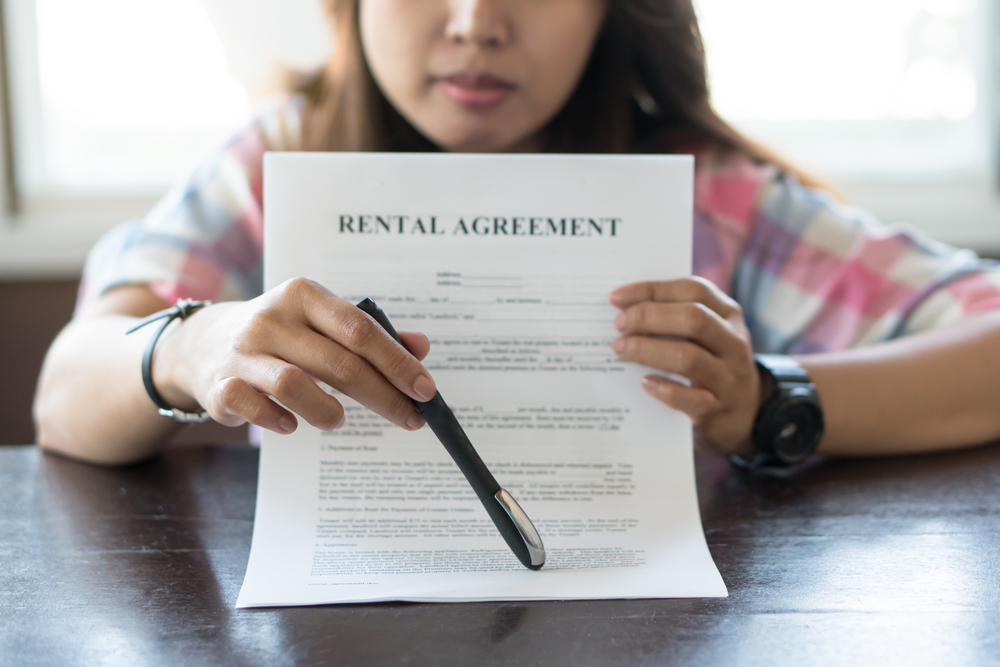
Suppose your landlord is unresponsive or refuses to address the mold issue in your rental home. In that case, consider legal options to protect your health and rights as a tenant. Depending on your local laws and the severity of the mold problem, you may be able to:
- Withhold rent: In some jurisdictions, tenants can withhold rent until the landlord addresses habitability issues, such as mold. Consult with a local attorney or tenants’ rights organization before taking this step, as the requirements and procedures vary.
- Repair and deduct: In some cases, you can pay for the mold remediation and repair work yourself and then deduct the cost from your rent. Again, consult a legal professional to ensure you follow the proper procedures before taking this step.
- Break the lease: If the mold problem is severe and your landlord is unwilling or unable to address it, you may have grounds to break it without penalty. This should be considered a last resort only pursued after consulting with an attorney or tenants’ rights organization.
- Take legal action: If your landlord has failed to provide a habitable living environment, you may have grounds for a lawsuit. Legal action could result in financial compensation for damages, such as medical expenses, lost wages, and pain and suffering. Consult an attorney specializing in tenant rights to determine the best action.
Conclusion
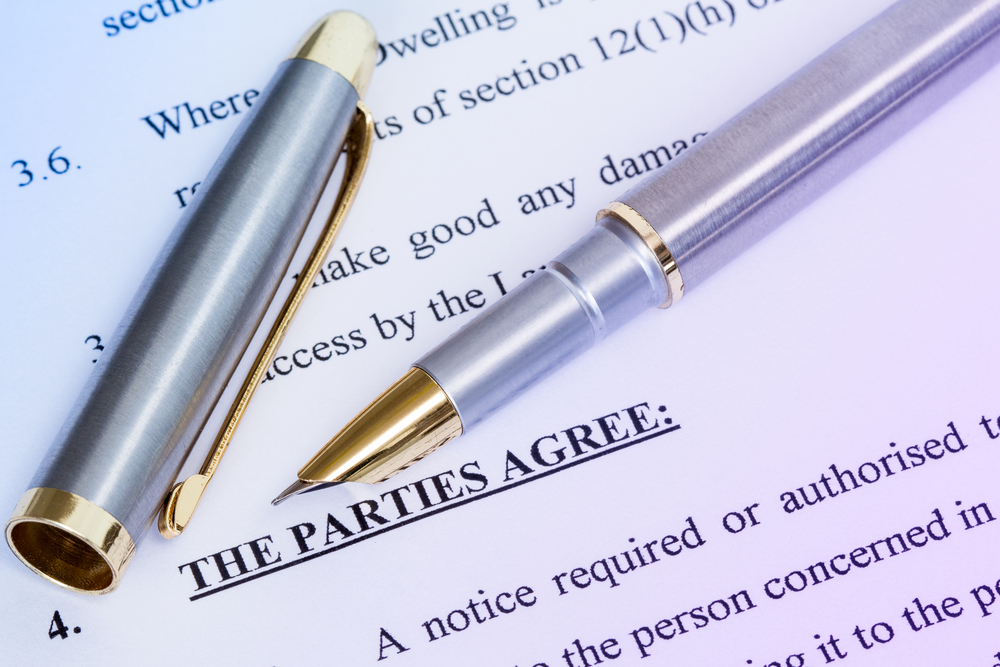
Mold in a rental home is a serious issue that can have significant consequences for tenants and landlords. Both parties must understand their responsibilities and work together to promptly and effectively address mold problems.
Landlords are legally obligated to provide their tenants with safe and habitable rental properties. They must take prompt action to address any mold issues that may arise. Tenants are also responsible for maintaining their rental homes and promptly reporting any problems to their landlords. If mold grows in a rental home, tenants should take prompt action to report the problem to their landlords and take steps to protect their health.
By working together, landlords and tenants can address mold issues and create safe and healthy rental properties for everyone.
FAQs:
What is mold in a rental property?
Mold is a type of fungus that grows in damp, warm conditions. It can appear on walls, ceilings, or floors and poses health risks.
Who is responsible for mold removal in a rental property?
Typically, the landlord is responsible for removing mold unless the tenant’s actions caused the issue.
Can I be charged for mold removal if I didn’t cause it?
No, if your negligence doesn’t cause the mold, the landlord should cover the costs for mold removal.
What should I do if I find mold in my rental?
Report the mold to your landlord immediately to ensure they take action for proper removal and remediation.
Does renters’ insurance cover mold damage?
Renters’ insurance generally doesn’t cover mold unless it’s caused by a covered event, like a burst pipe.
How can I prevent mold from growing in a rental home?
Ensure good ventilation, fix leaks promptly, and maintain a dry environment to reduce mold growth.
What health risks are associated with mold in rental homes?
Mold can cause respiratory issues, allergic reactions, and worsen asthma, making it important to address promptly.
What are my rights if my landlord refuses to remove mold?
If the landlord refuses to act, tenants may have legal recourse, such as withholding rent or reporting the issue to local authorities.
Is there a specific law about mold in rental properties?
Many states have laws that require landlords to maintain a habitable living environment, which includes addressing mold.
Can I break my lease if there’s mold in my apartment?
In some cases, if the mold issue isn’t resolved and makes the apartment uninhabitable, tenants may have the right to break the lease.

